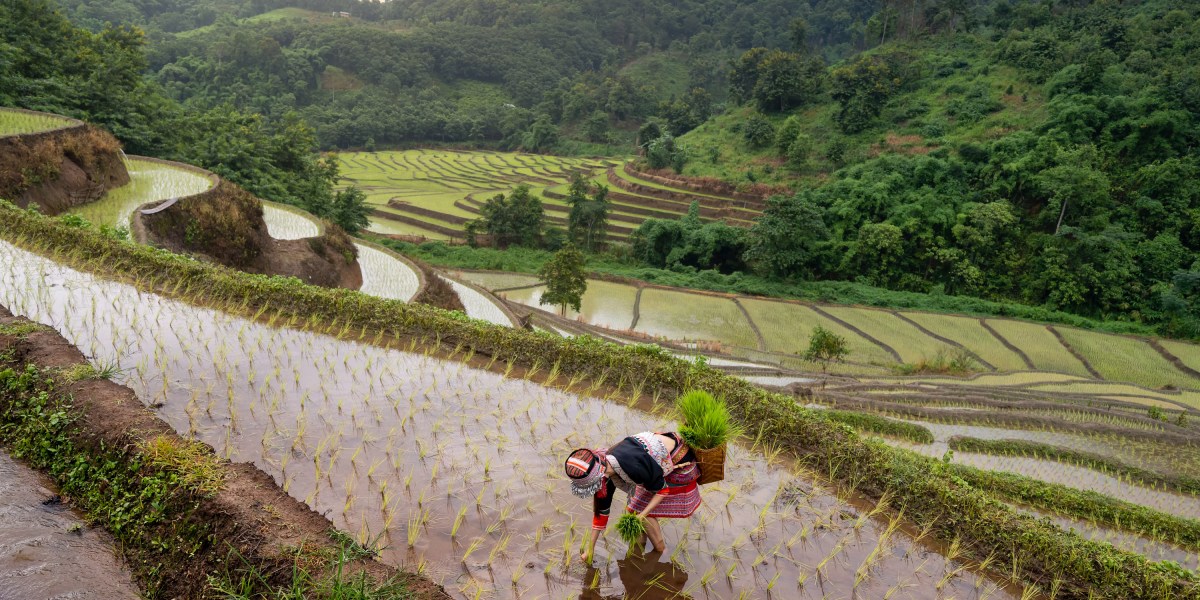This week in The Spark, we’re looking again at one in every of my favourite classes from our ClimateTech convention final week, from a chapter we referred to as “Cleansing Your Plate.”
Within the session, I sat down with Pamela Ronald, a plant geneticist on the College of California, Davis. She’s been working for years on serving to rice survive floods, and now she’s turning her consideration to utilizing superior genetics for carbon removing on farmland.
Genetics and vegetation
Scientists have a variety of instruments at their disposal to affect how vegetation develop. From commonplace genetic engineering to extra refined gene modifying instruments like CRISPR, we’ve got extra energy than ever to affect what traits we wish in crops.
However genetic tweaking isn’t something new. “Nearly the whole lot we eat has been improved utilizing some type of genetic software,” Ronald identified in our interview at ClimateTech, with a couple of exceptions like foraged blueberries and mushrooms, and wild-caught fish.
Selective breeding and cross-pollination have been utilized by farmers for hundreds of years to convey out sure traits of their crops. Within the twentieth century, researchers turned issues up a notch and started utilizing mutagenesis—utilizing chemical substances or radiation to trigger random mutations, a few of which have been useful.
The distinction is, within the final 50 years, genetic instruments have change into rather more exact. Genetic engineering allowed the introduction of particular genes right into a goal plant. CRISPR has allowed scientists to have an excellent finer contact, influencing particular factors in DNA.
“What’s actually thrilling now’s that we’ve got much more instruments,” Ronald mentioned.

